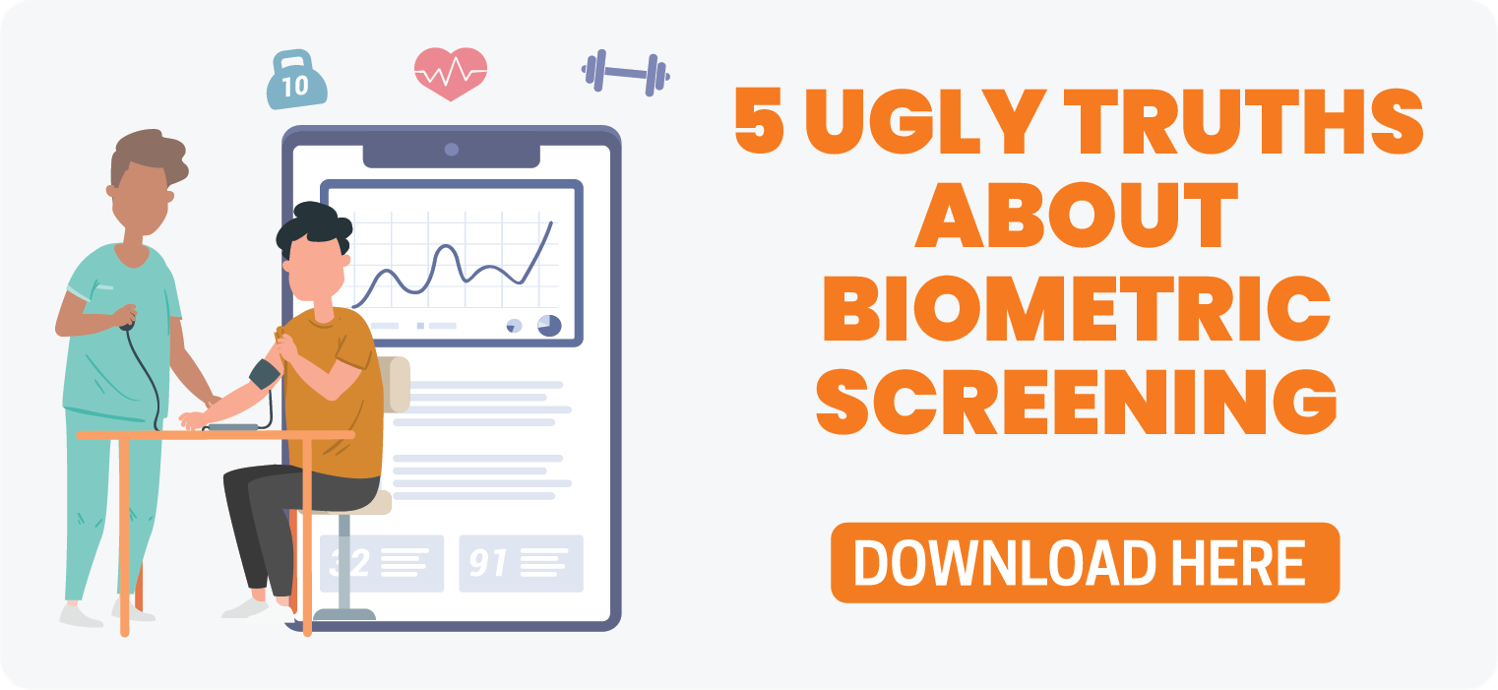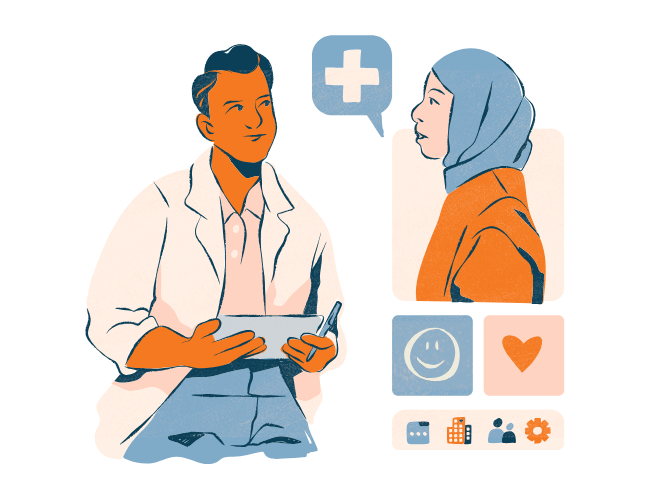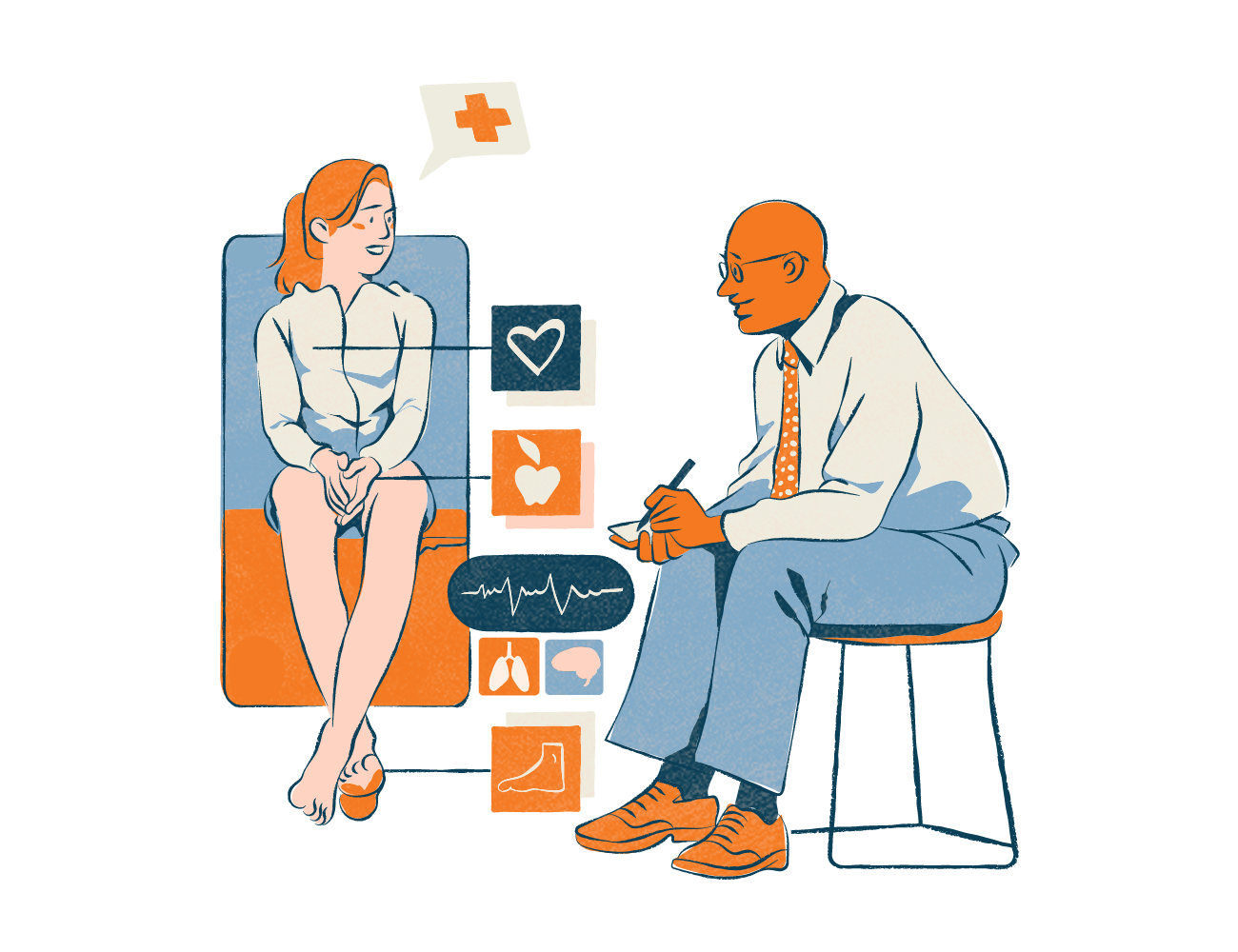How should a company determine the health of their employees? Traditional thinking would suggest looking at weight or Body Mass Index (BMI), which is a measure of body fat based on height and weight. Despite their popularity, these assessments do not always paint an accurate picture of individual or organizational health.
Inaccuracies of BMI and Other Measurements
Many medical professionals use BMI to calculate whether a person is in the underweight, normal weight, overweight, or obese range based on height and weight. BMI is a quick way to get a snapshot of health; however, this calculation doesn’t account for muscle mass or bone density, which can significantly impact weight.
Two people could have the same height and weight, but based on their body composition, one might more accurately be categorized as normal weight and the other as overweight. According to the Centers for Disease Control (CDC), BMI is incorrect 18% of the time! Case in point: according to his BMI, actor Dwayne “The Rock” Johnson is obese. Johnson, a former professional bodybuilder, is muscular and has little body fat, but the BMI calculation only considers his height and weight.
Other measurements can be used, but they also can have drawbacks. Body fat is a useful indicator, but that measurement is difficult for people to calculate or monitor on their own. Blood pressure is another measurement, but it does not provide the entire picture. For example, a person could be obese but still have normal blood pressure.
Additional Ways To Measure Health
Fortunately, traditional measures of health are not the only options employers have to sue. Researchers suggest considering other indications of current and future health, including the ones below.
Walking Gait
In older adults, walking speed was associated with an increased chance of longevity. Scientists looked at nine studies of nearly 35,000 older adults 65 and older and found that those who could walk more than 1 meter per second were more likely to be independent and less likely to have an adverse event. In contrast, older adults who walked less than .6 meters per second were at a higher risk of an adverse event. Because walking involves both cognitive and physical abilities, researchers believed that the ability to walk faster was an indication of health.
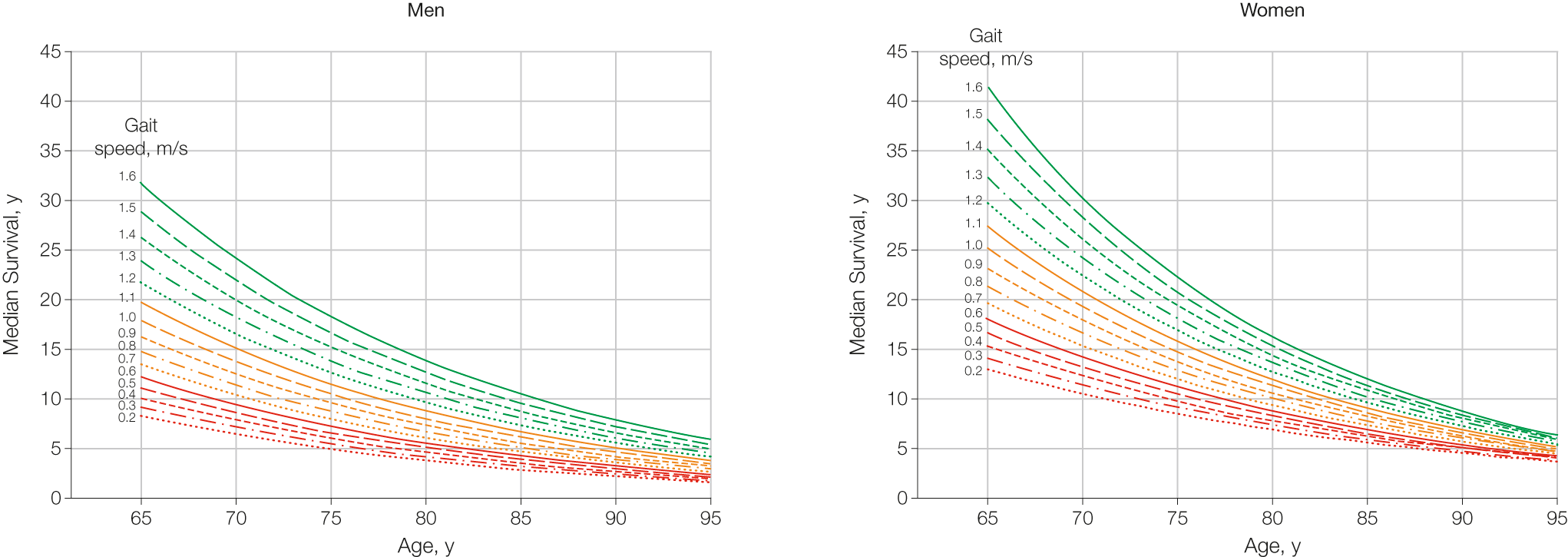
Crossed Leg Sit Down/Stand Up Test
More than 2,000 adults aged 51 to 80 were asked to sit down on the floor and then stand up without using their hands for support to test musculoskeletal fitness. When the study followed up about six years later, researchers found participants who struggled with the test had a higher mortality rate. Researchers said body composition, muscle strength, power, and flexibility were key indicators to long-term health.
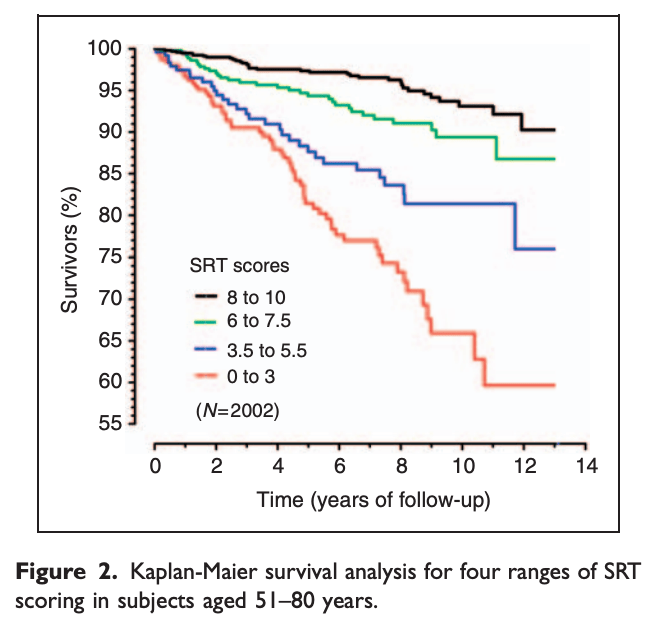
Push-ups
Beyond the measurement of upper body strength, pushups can indicate the risk of a cardiac event. A study of 1,100 active adult men found those who could perform more than 40 pushups had a significantly reduced chance of a cardiovascular disease event within ten years, compared to men who could perform fewer than ten pushups.
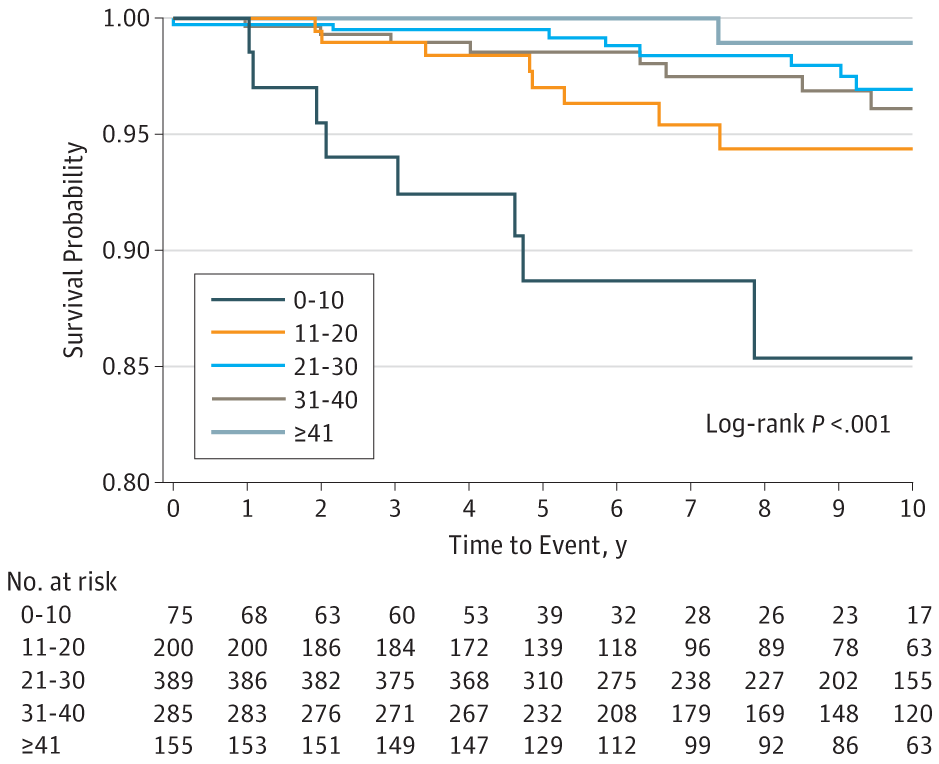
Implications For Employers
Wellness programs may provide different assessments to help keep track their health. However, it is vital to make sure the tests that are used provide accurate information. Assessments like BMIs can be expensive and incorrect, creating more confusion for employees. Companies should consider additional options. Measuring walking gait or the number of pushups can give employees information on their abilities through a simple process and provides a concrete path for improving their results. Also, unlike BMI, walking speed and number of push-ups create non-weight goals and targets that employees can work toward to improve health.



